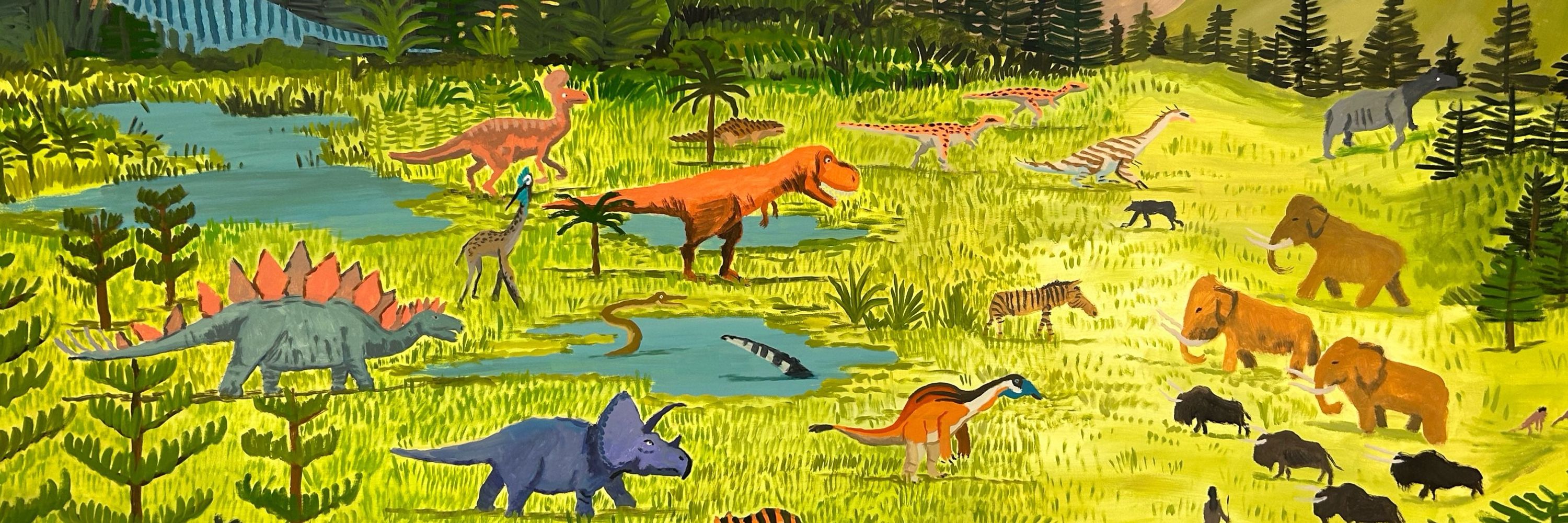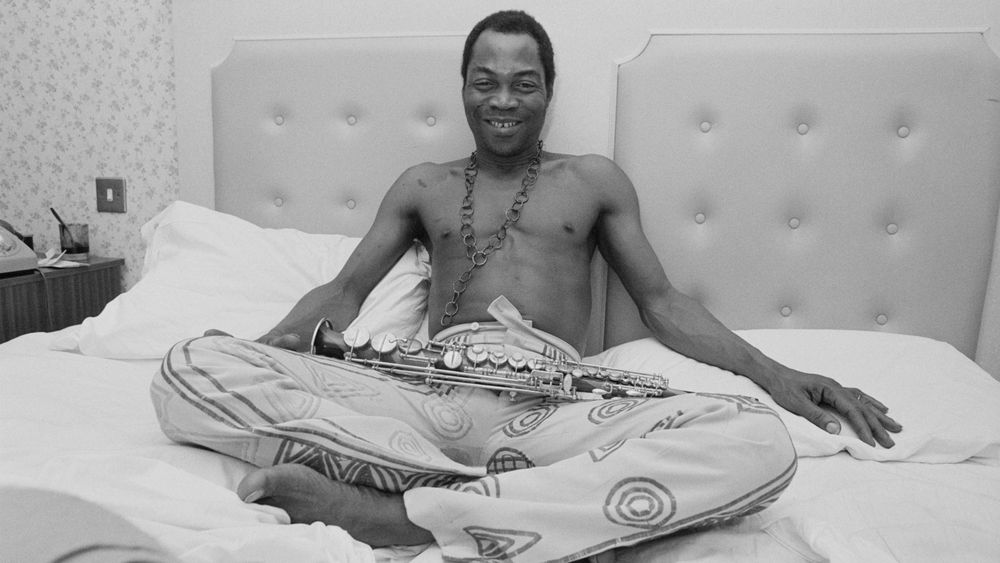
www.daxkellie.com
Opinions are my own, and they do not express those of my employer



Very cool study for its main result and its null one: consistent with nearly every other comparative study of music, monkeys don't differentiate beats by their relative strength—which even young children do innately. Monkeys have rhythm but not meter!

Very cool study for its main result and its null one: consistent with nearly every other comparative study of music, monkeys don't differentiate beats by their relative strength—which even young children do innately. Monkeys have rhythm but not meter!
daxkellie.quarto.pub/a-guide-to-w...
All the links and references are there too in case you want to see more! 😀🧪🌏
#ESA2025 #rstats #quartopub

daxkellie.quarto.pub/a-guide-to-w...
All the links and references are there too in case you want to see more! 😀🧪🌏
#ESA2025 #rstats #quartopub
In my talk later today, I’ll give all few tips I’ve learned about good scientific code writing that have really helped me & maybe they’ll help you!
Riverbank room 8, 2:50pm #ESA2025

In my talk later today, I’ll give all few tips I’ve learned about good scientific code writing that have really helped me & maybe they’ll help you!
Riverbank room 8, 2:50pm #ESA2025
Come to the Atlas of Living Australia booth, located conveniently by the coffee cart!
Come grab a hex sticker and say hi to me & @shandiya.bsky.social while you’re there 😀☕️

Come to the Atlas of Living Australia booth, located conveniently by the coffee cart!
Come grab a hex sticker and say hi to me & @shandiya.bsky.social while you’re there 😀☕️
www.ala.org.au/abdmp/
galaxias.ala.org.au
🧪🌏 #ESA2025 #rstats



www.ala.org.au/abdmp/
galaxias.ala.org.au
🧪🌏 #ESA2025 #rstats

But chameleons 🦎 have long, coiled optic nerves with extra slack for eye mobility, allowing them to use their famous large swivelly eyes 👀🧪🌏

But chameleons 🦎 have long, coiled optic nerves with extra slack for eye mobility, allowing them to use their famous large swivelly eyes 👀🧪🌏
This map shows hours with WBGT > 29.5 °C—extreme stress where work should be limited. Since 2010, positive anomalies dominate. 300h = 12.5 days of danger. It’s important to focus on the sub-daily exposure.
#rstats #climatechange

This map shows hours with WBGT > 29.5 °C—extreme stress where work should be limited. Since 2010, positive anomalies dominate. 300h = 12.5 days of danger. It’s important to focus on the sub-daily exposure.
#rstats #climatechange
One of the Split-eyed Owlflies, it seems this isn't a commonly observed species. There are only 5 observations in #inaturalist with all of those in Western Australia.
#ausinverts #Neuroptera #wildoz #insects #nature

One of the Split-eyed Owlflies, it seems this isn't a commonly observed species. There are only 5 observations in #inaturalist with all of those in Western Australia.
#ausinverts #Neuroptera #wildoz #insects #nature
📦 galaxias makes it easy to standardise data to Darwin Core, the accepted format for sharing ecological data with infrastructures like @gbif.org and the Atlas of Living Australia
galaxias.ala.org.au
#rstats #python 🧪🌏🐟
A thread 🧵👇

Everyone deserves to see this beautiful piece of science communication.
🌏🧪🪶
There are many things I love about this, but I think number one is that it features the story a little known, but amazing seabird species, the Desertas Petrel.

Everyone deserves to see this beautiful piece of science communication.
🌏🧪🪶
There are many things I love about this, but I think number one is that it features the story a little known, but amazing seabird species, the Desertas Petrel.
First place: 🥇 @rukayaj.bsky.social (@gbifnorway.bsky.social) for BDQEmail
Sharing first place: 🥇 @daxkellie.bsky.social, Amanda Buyan, @shandiya.bsky.social and @rowdynerd.bsky.social (Atlas of Living Australia) for galaxias!


First place: 🥇 @rukayaj.bsky.social (@gbifnorway.bsky.social) for BDQEmail
Sharing first place: 🥇 @daxkellie.bsky.social, Amanda Buyan, @shandiya.bsky.social and @rowdynerd.bsky.social (Atlas of Living Australia) for galaxias!

Features:
(Thread: 1/6)

Features:
(Thread: 1/6)
Check out slides from a talk we presented on galaxias this week at the Living Data conference:
martinwestgate.com/presentation...
Or, check out this intro video about galaxias:
www.youtube.com/watch?v=kO4-...
#rstats 🌏🧪🐟

Check out slides from a talk we presented on galaxias this week at the Living Data conference:
martinwestgate.com/presentation...
Or, check out this intro video about galaxias:
www.youtube.com/watch?v=kO4-...
#rstats 🌏🧪🐟
📦 galaxias makes it easy to standardise data to Darwin Core, the accepted format for sharing ecological data with infrastructures like @gbif.org and the Atlas of Living Australia
galaxias.ala.org.au
#rstats #python 🧪🌏🐟
A thread 🧵👇

📦 galaxias makes it easy to standardise data to Darwin Core, the accepted format for sharing ecological data with infrastructures like @gbif.org and the Atlas of Living Australia
galaxias.ala.org.au
#rstats #python 🧪🌏🐟
A thread 🧵👇
An incredible example of how important electrostatic forces are for many insects & plants (eg pollination)
🧪🌏🐙

An incredible example of how important electrostatic forces are for many insects & plants (eg pollination)
🧪🌏🐙
Here's a map of where they've been recorded. Take a photo of the next tree stump you see, it might be a bird of the year!😉
🌏🧪📊 #rstats @birdlifeoz.bsky.social



Here's a map of where they've been recorded. Take a photo of the next tree stump you see, it might be a bird of the year!😉
🌏🧪📊 #rstats @birdlifeoz.bsky.social
If you’re a member and want to be added, send me a DM 😀 🧪🌏
go.bsky.app/44PpngU

If you’re a member and want to be added, send me a DM 😀 🧪🌏
go.bsky.app/44PpngU
Good news: We just updated our Cleaning Biodiversity Data in R book, so you still can! We've updated data for 2025, added new content & fixed lots of silly typos 😀
Live the shrimp-le life:
cleaning-data-r.ala.org.au
#rstats #ecology 🧪🌏

Good news: We just updated our Cleaning Biodiversity Data in R book, so you still can! We've updated data for 2025, added new content & fixed lots of silly typos 😀
Live the shrimp-le life:
cleaning-data-r.ala.org.au
#rstats #ecology 🧪🌏
pitchfork.com/news/dangelo...

pitchfork.com/news/dangelo...
It helps to nominate a bird that's endangered, giving it a much higher profile - like Baudin's black cockatoo for example
Please vote - this is a wonderful environmental exercise
🙏🏽 🦜
www.theguardian.com/environment/...

It helps to nominate a bird that's endangered, giving it a much higher profile - like Baudin's black cockatoo for example
Please vote - this is a wonderful environmental exercise
🙏🏽 🦜
www.theguardian.com/environment/...
📸: Sciobia barbara, Pierre-Henri Fabre
#EverydayEnsifera


📸: Sciobia barbara, Pierre-Henri Fabre
#EverydayEnsifera

